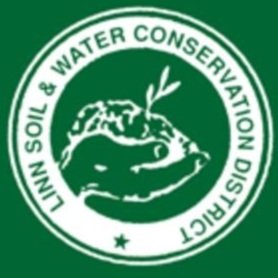Agricultural Conservation
Cropland Conservation Practices
As a landowner or farm operator you face many decisions when managing your natural resources. When you evaluate options for your operation, consider installing conservation practices to help improve your resource management and cropping system. Your conservation compliance plan for highly erodible land (HEL) only addresses soil resources. A conservation plan can be developed to improve management for additional resource concerns.
Conservation Reserve Program (CRP)
Contracts including more than one million acres of Iowa CRP ground will expire. Nearly half of these will expire by October 2007. There is an option for some of these contracts to be renewed or extended, but much of it may come out of CRP. Producers may also consider re-enrolling or extending only part of their CRP contract. In any case, whether land is reenrolled in CRP or converted to other uses, the care of natural resources is in your hands. Possible land use choices for your land coming out of CRP include:
• Re-enrollment
• Contract extension
• Crops
• Pasture
• Wildlife habitat
• Organic farming
• Biomass fuel production
Cover Crops
Cover crops, planted in the fall between harvest and planting of spring crops, reduce erosion, limit nitrogen leaching, suppress weeds, increase organic soil matter and improve overall soil quality. Small grain cover crops increase surface cover, anchor corn and soybean residues, and increase water infiltration and reduce erosion.
For more information about agricultural conservation practices, visit the Natural Resources Conservation Service website.
